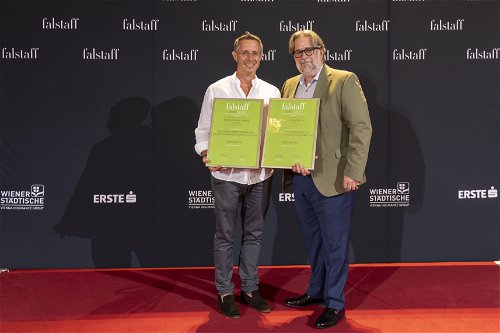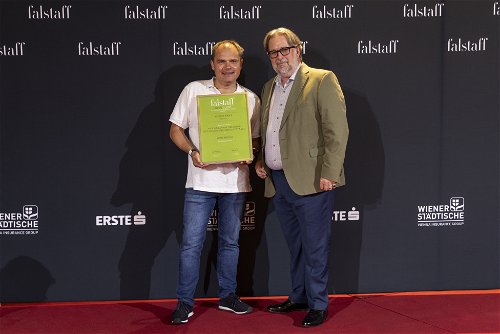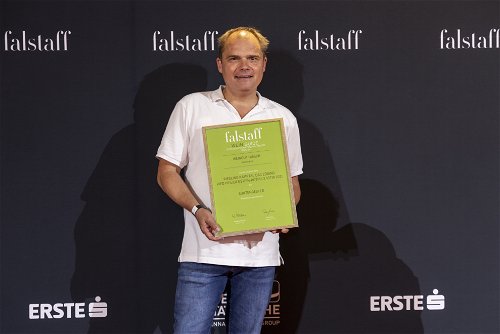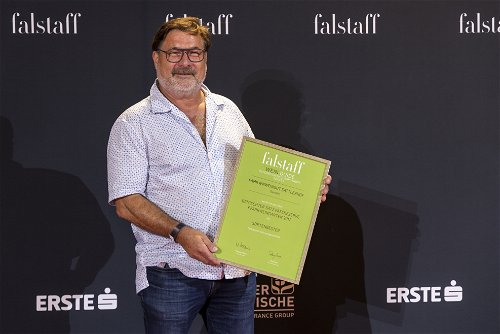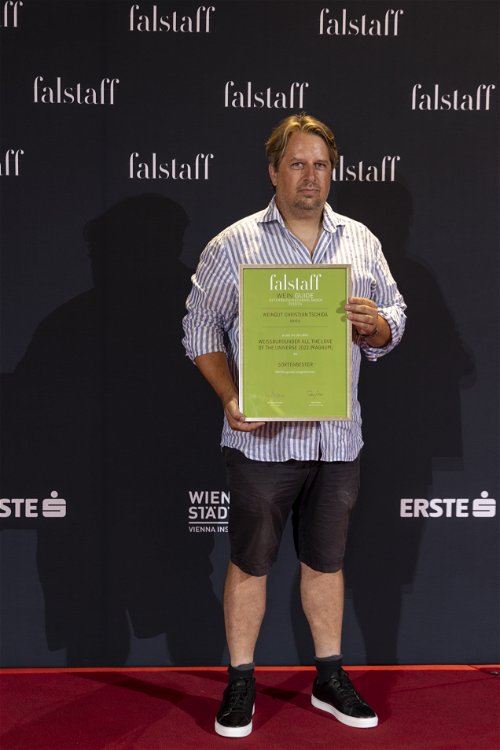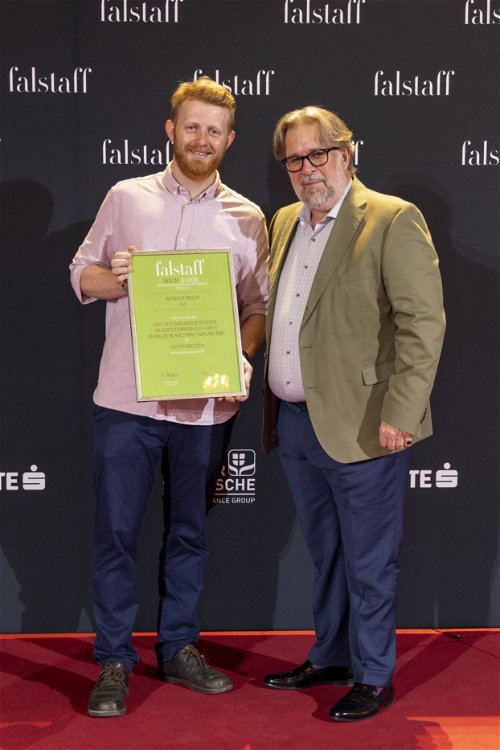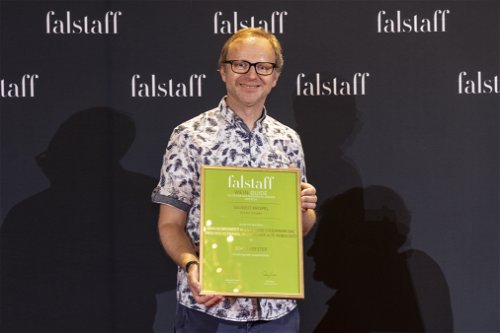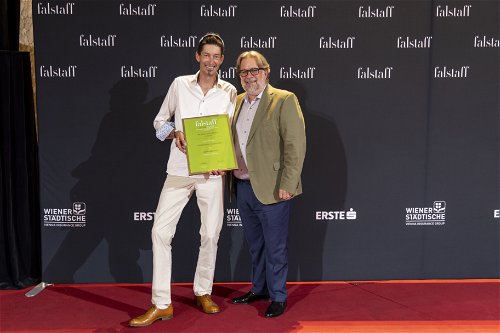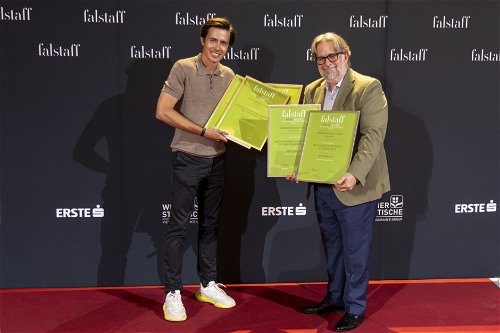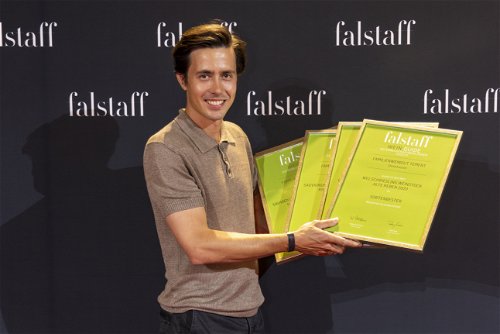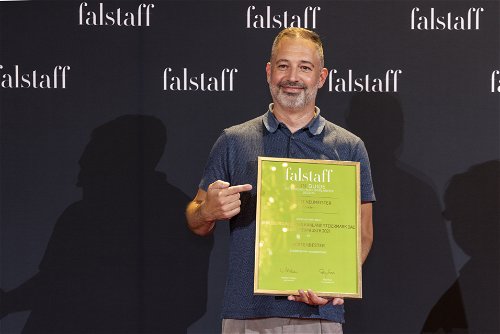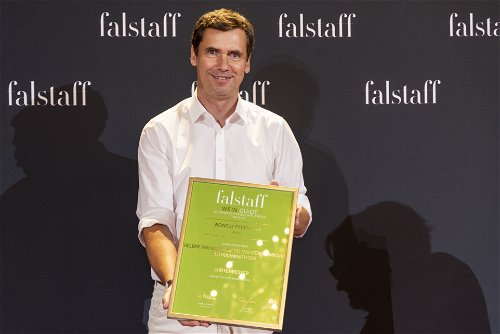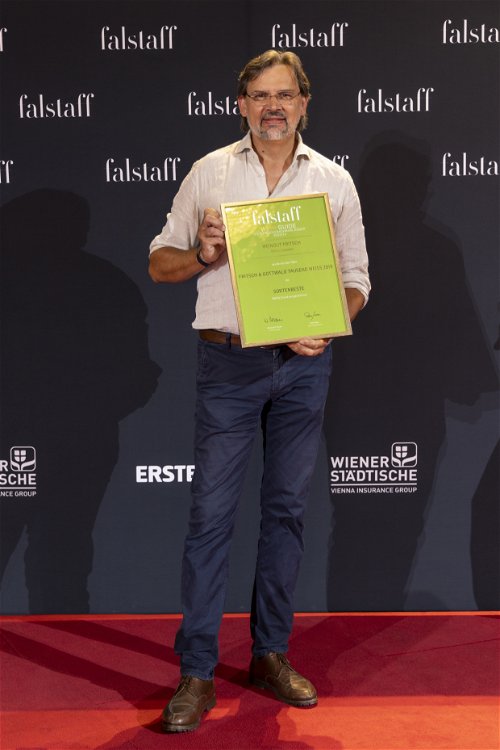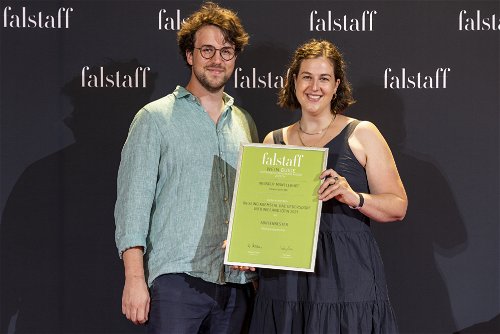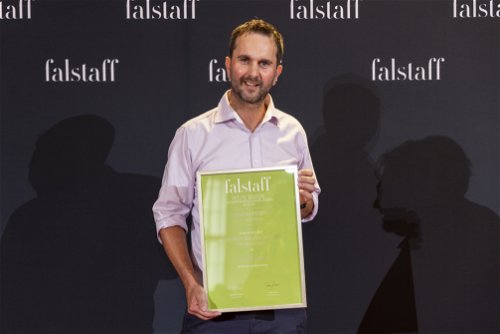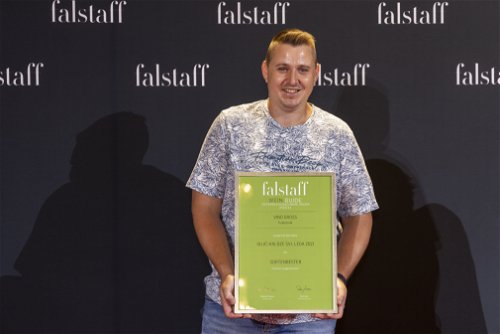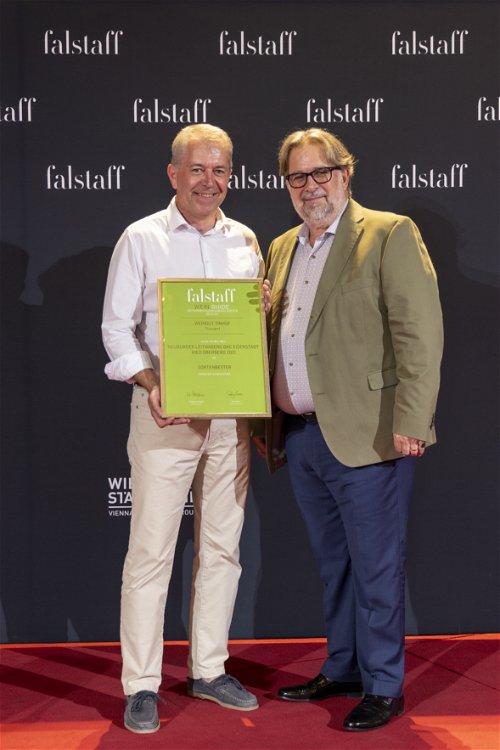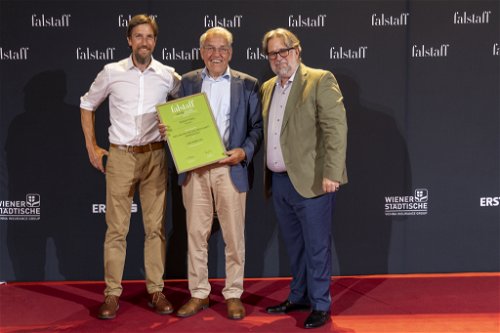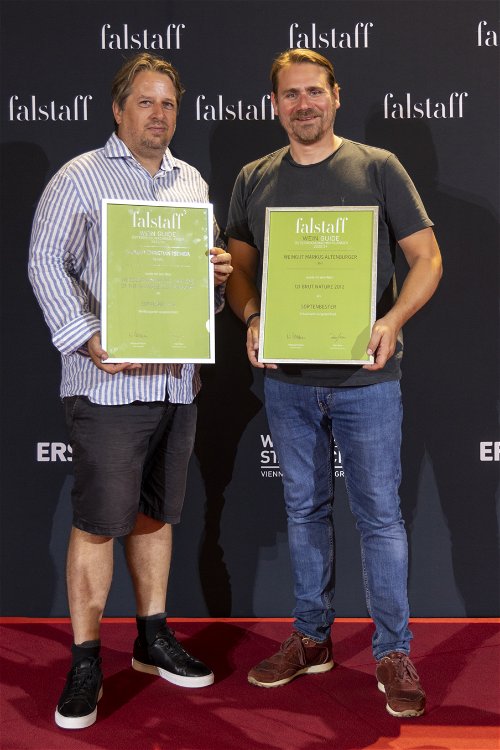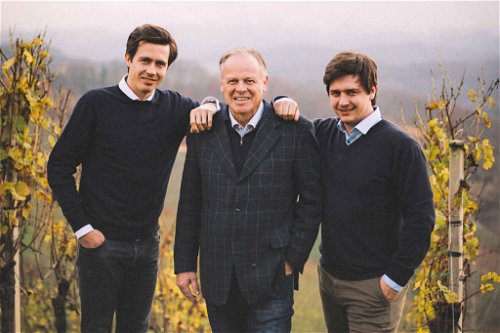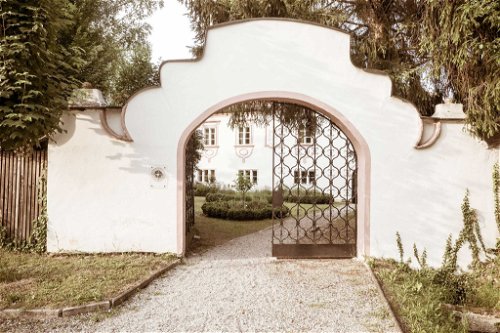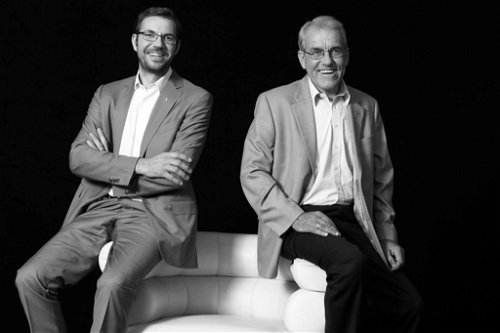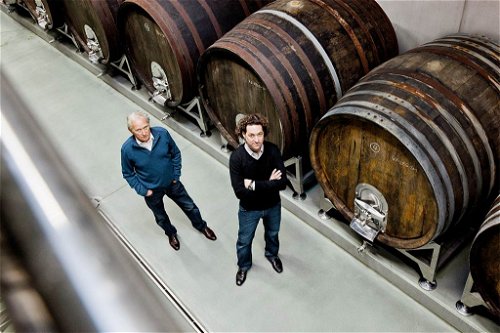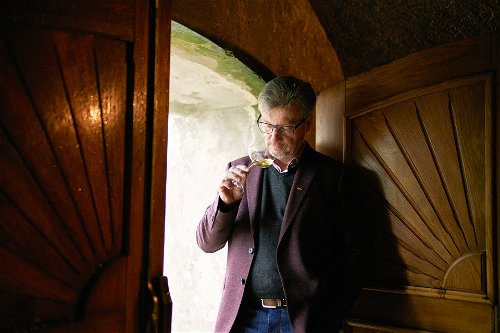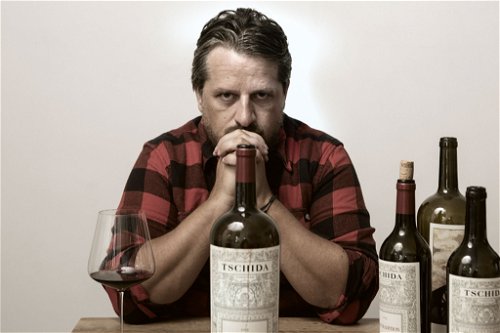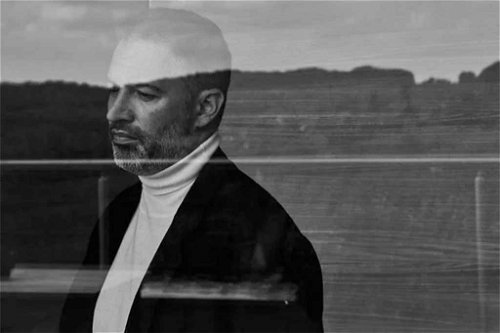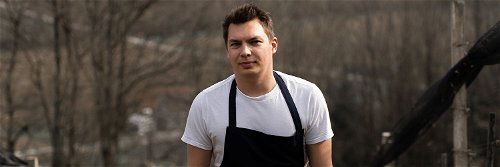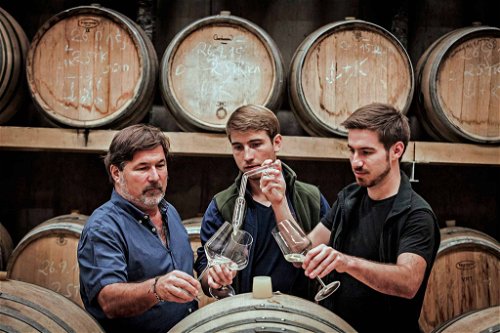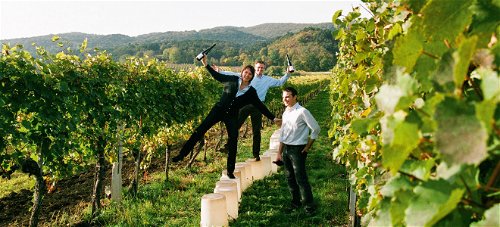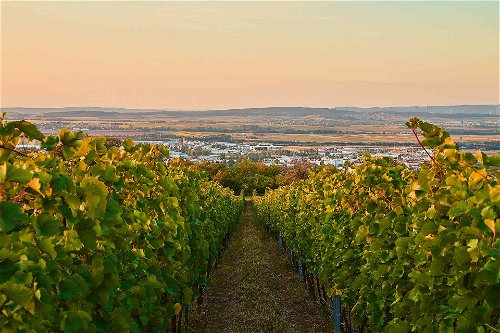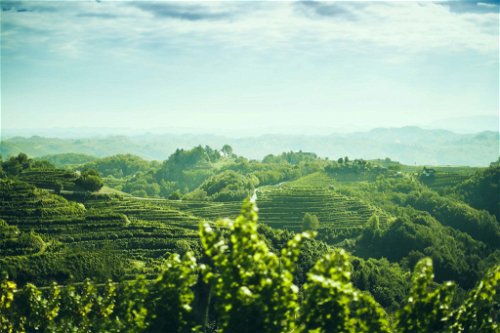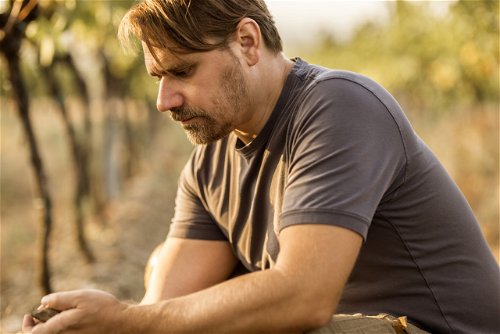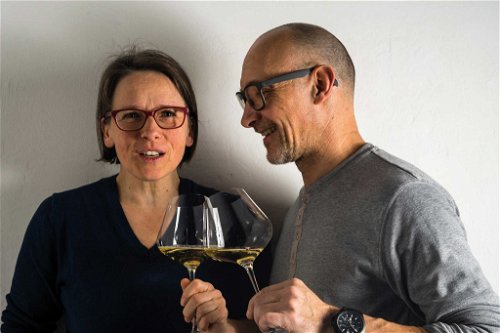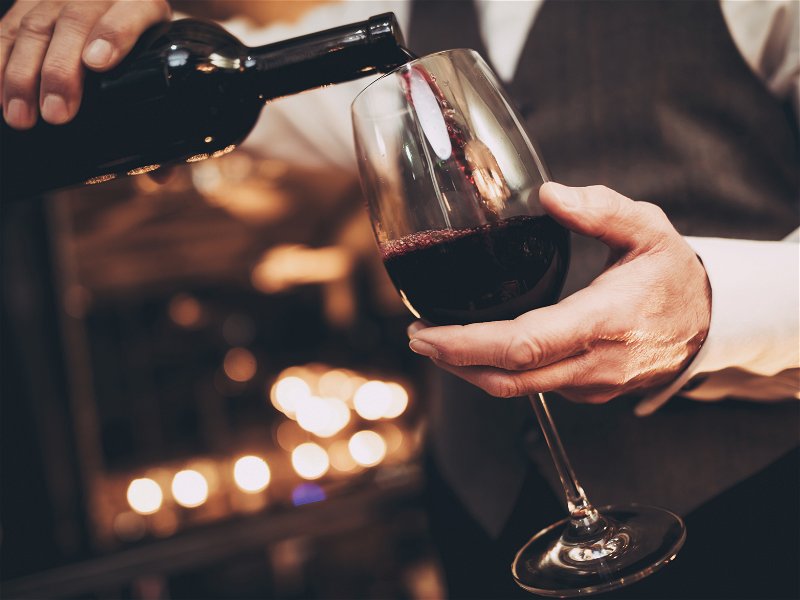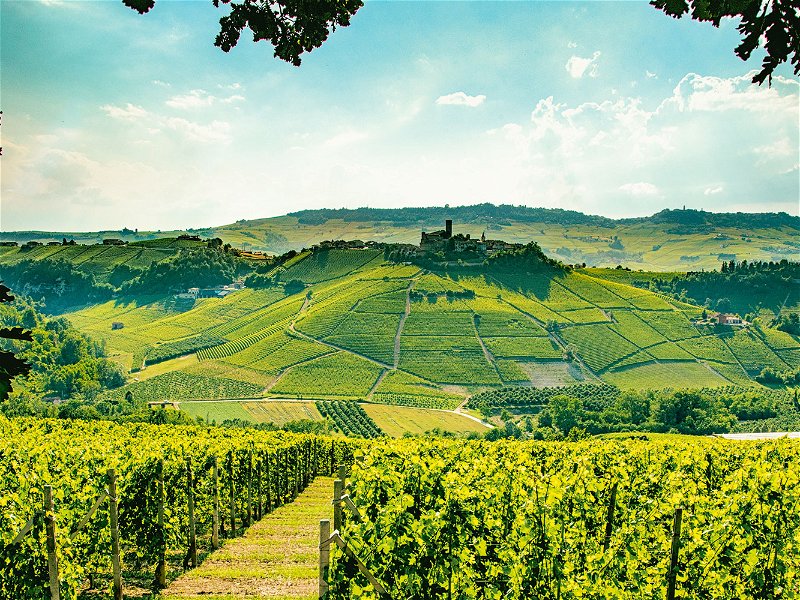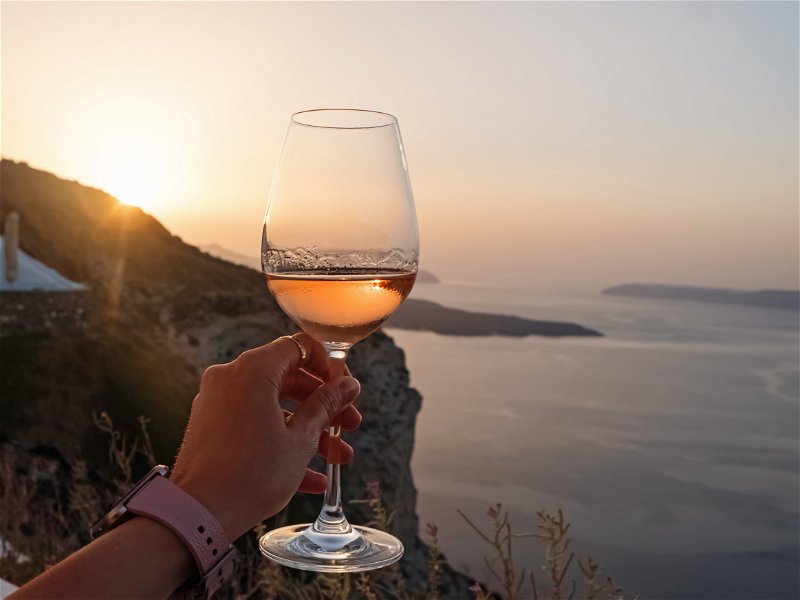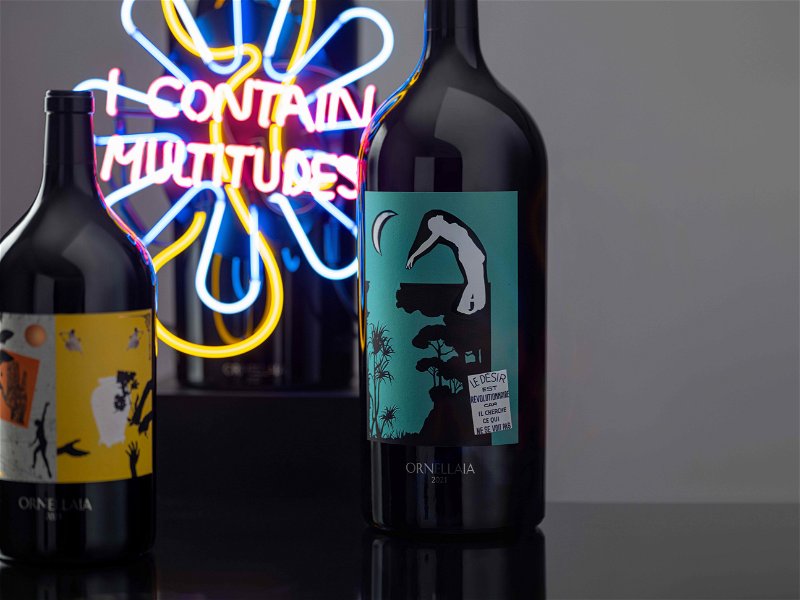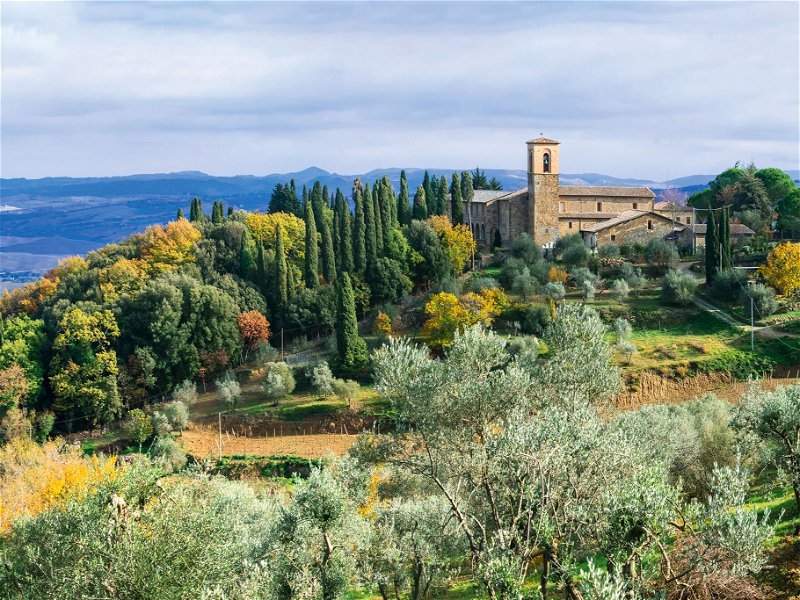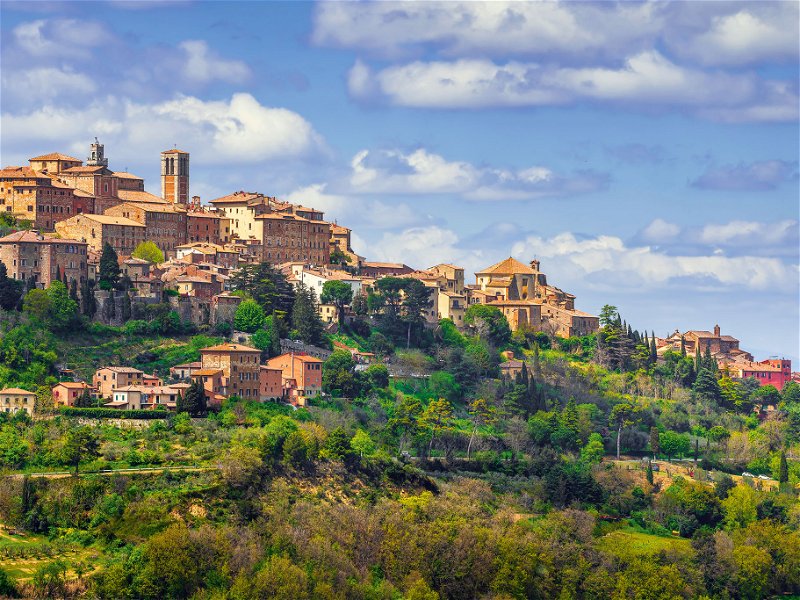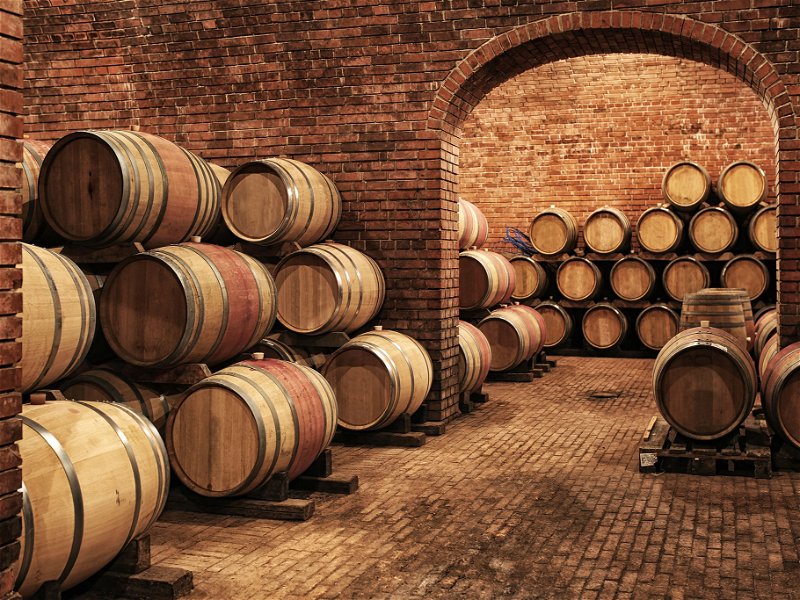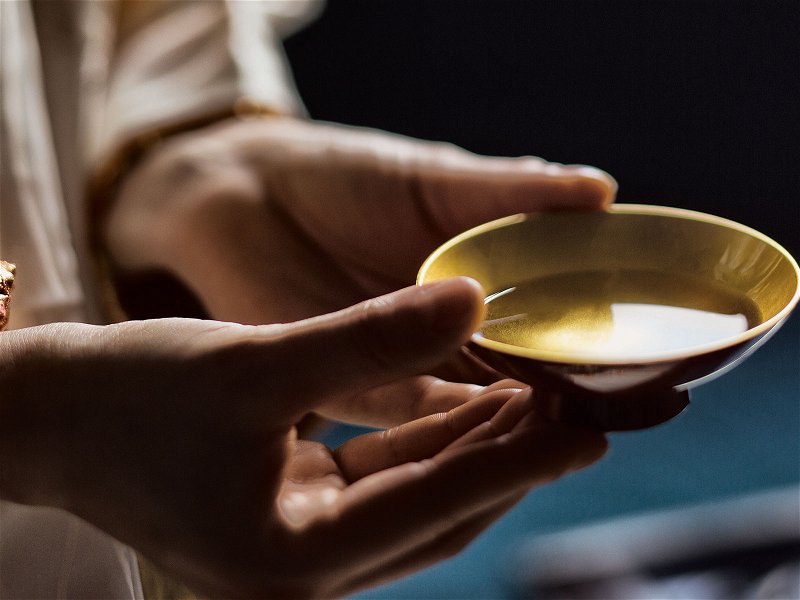Wine Guide: The best wines of Austria and neighbouring countries
Falstaff presents the 26th edition of the Wine Guide!
We are pleased to present the 26th edition of the guide, where you will find more great wines of all local varieties and categories than ever before. Thanks to a whole series of excellent vintages since 2015, – with the exception of the frost year 2016 (and what little there was is nothing to sneeze at either) – wine lovers have been very richly gifted by Mother Nature and through the work of our winemakers. Although the economic waters have not yet calmed due to the Ukraine war and the continuing fight to control inflation, the country’s wine industry is back on the road to success thanks to the end of the Covid pandemic. Trade fairs and presentations are once again possible in the usual form and are accordingly well received, and Austrian wine is also in demand again on the international stage, as was recently felt at the new Falstaff Wine & Gourmet Festival in Baden-Baden in Germany.
THE YEAR 2022 IN RETROSPECT
Let’s take a brief look back at the year 2022, which was quite positive for domestic winegrowers. Not only did the wine qualities show great promise in all areas, but the harvest volume of 2.53 million hectolitres was also above the average of 2.38 million. Last year, 67.7 million litres of Austrian wine were exported, generating revenues of 231.3 million euros. According to the Austrian Wine Marketing Association, the increase in the value of exports was greatest for white wines and sparkling wines; Austria’s wines were particularly in demand in Canada, the USA and Northern Europe in 2020. A downside in 2022 was the United Kingdom with a significant drop in value (-38.0 per cent), the impact of Brexit making it more difficult and costly to work the market.
In Asia, the volatile market of China showed a slight downward trend again (-15.8 per cent) after a whopping plus in 2021 (+77.9 per cent). However, there were positive signals elsewhere in the region, especially noticeable in Japan after several years of stagnation, with Austrian wine increasing significantly (+61.3 per cent); there was also a jump in value in South Korea (+26.4 per cent), a country that is currently beginning to establish itself as a promising future market for our wines.
The development of the cultivation of domestic vineyards is very pleasing: 20 per cent of the 44,728 hectares are cultivated by winegrowers who are certified with Sustainable Austria, and Austria already has 22 per cent of certified organic and/or biodynamic vineyards, which is a top value in international comparison. This important development towards organic viticulture is of course reflected particularly strongly in the top wineries: never before has the proportion of organic wines been as high as in this edition of the Falstaff Wine Guide.
There is news in the area of protected DAC origins, where 20 years after the first DAC in 2003 for the Weinviertel, the Thermenregion is now the last area to protect its origin-typical wines in the DAC system. The autochthonous white wine varieties, Rotgipfler and Zierfandler, as well as the Burgundy varieties, Chardonnay, Weißburgunder, St. Laurent and Pinot Noir, are the focus here. The DAC wines are divided into three levels of origin: regional wine, local wine and estate wine. Bottling will start with the 2023 vintage, which means that next year’s wine guide will complete the DAC series across all Austrian winegrowing regions.
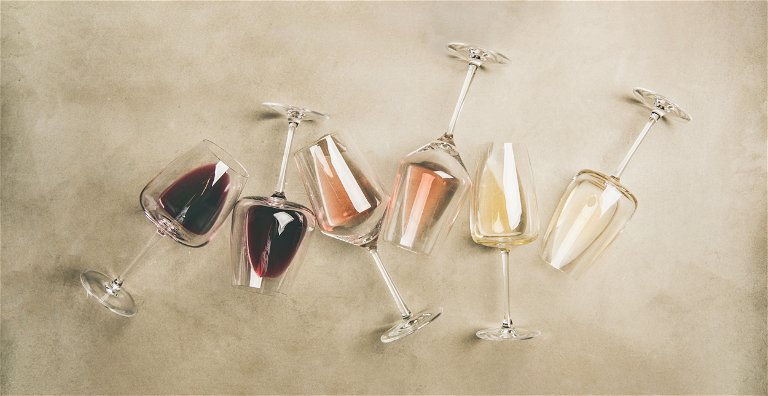
SPARKLING WINE HIGH ON THE AGENDA
The positive development in the domestic sparkling wine sector continues this year: never before have so many sparkling wines been submitted to the Falstaff Wine Guide, and this is a sign that the marketing efforts are beginning to bear fruit. The sparkling wine pyramid and the introduction of the new term Sekt Austria are going down well with consumers, and in the alternative segment, the Pet Nats are highly popular, appealing to a younger target group in the sparkling wine segment. The greatest challenge for the future of viticulture will be global climate change, and it is necessary to react to this phenomenon with foresight. Both winegrowers and consumers are facing exciting and certainly varied times ahead, and we will be happy to continue to accompany these with our critical comments and advise you on the best wines to choose.
At this point, I would like to express my sincere thanks to all the staff of this 26th edition as well as to all the wineries who have trustingly placed their wines in our critical care during what continues to be a very special time. Only their skill and admirable work make this guide possible in the first place. And so that our winegrowers can still produce the best possible wines for their customers, it is necessary that they receive a fair price for their excellent products. So, let’s continue to pay the right price for our wine enjoyment in the future.
THE AWARDS AT THE FALSTAFF WEISSWEINGALA 2023
- The best Gelber Muskateller: Weingut Tement
- The best Grüner Veltliner: Weingut Prager
- The best Riesling: Weingut Hirsch, Weingut Mantlerhof, Weingut Knoll, Weingut Franz Hirtzberger, Weingut F. X. Pichler (ex aequo)
- The best Sauvignon Blanc: Weingut Tement
- The best Gelbe Traminer: Weingut Frühwirth
- The best Gewürztraminer: Weingut Tement
- The best Weißburgunder: Weingut Christian Tschida
- The best Chardonnay: Weingut Kollwentz, Weingut Erwin Sabathi (ex aequo)
- The best Grauburgunder: Weingut Krispel, Weingut Neumeister, Weingut Franz Hirtzberger (ex aequo)
- The best Gemischter Satz: Familienweingut Sattlerhof
- The best Welschriesling: Weingut Tement
- The best Rote Veltliner: Weingut Josef Fritz
- The best Rotgipfler: Weingut Alphart
- The best Natural & Orange Wine: Weingut Christian Fischer
- The best Zierfandler: Weingut Johannes Gebeshuber
- The best Neuburger: Weingut Tinhof, Weingut Hofstätter (ex aequo)
- The best Furmint: Vino Gross
- The best Cuvée Weiß: Weinbau Fritsch
- The best sparkling wine: Weingut Markus Altenburger, Weingut Harkamp, Weingut & Hotel Malat (ex aequo)
- The GV Grand Prix 2023: Weingut Georg Frischengruber (1. Platz), Weingut Puhr (2. Platz), Weingut Schmelz (3. Platz)

